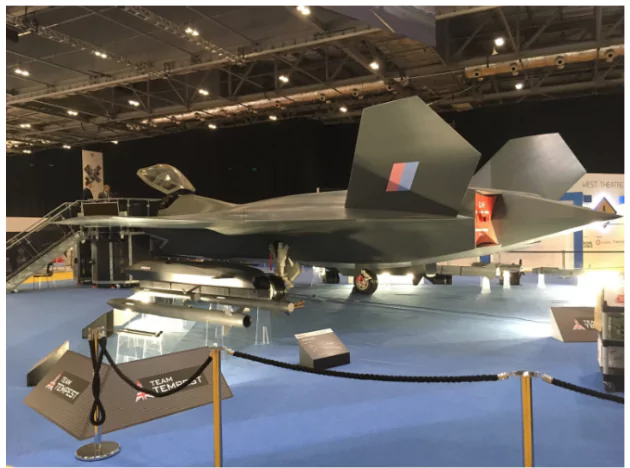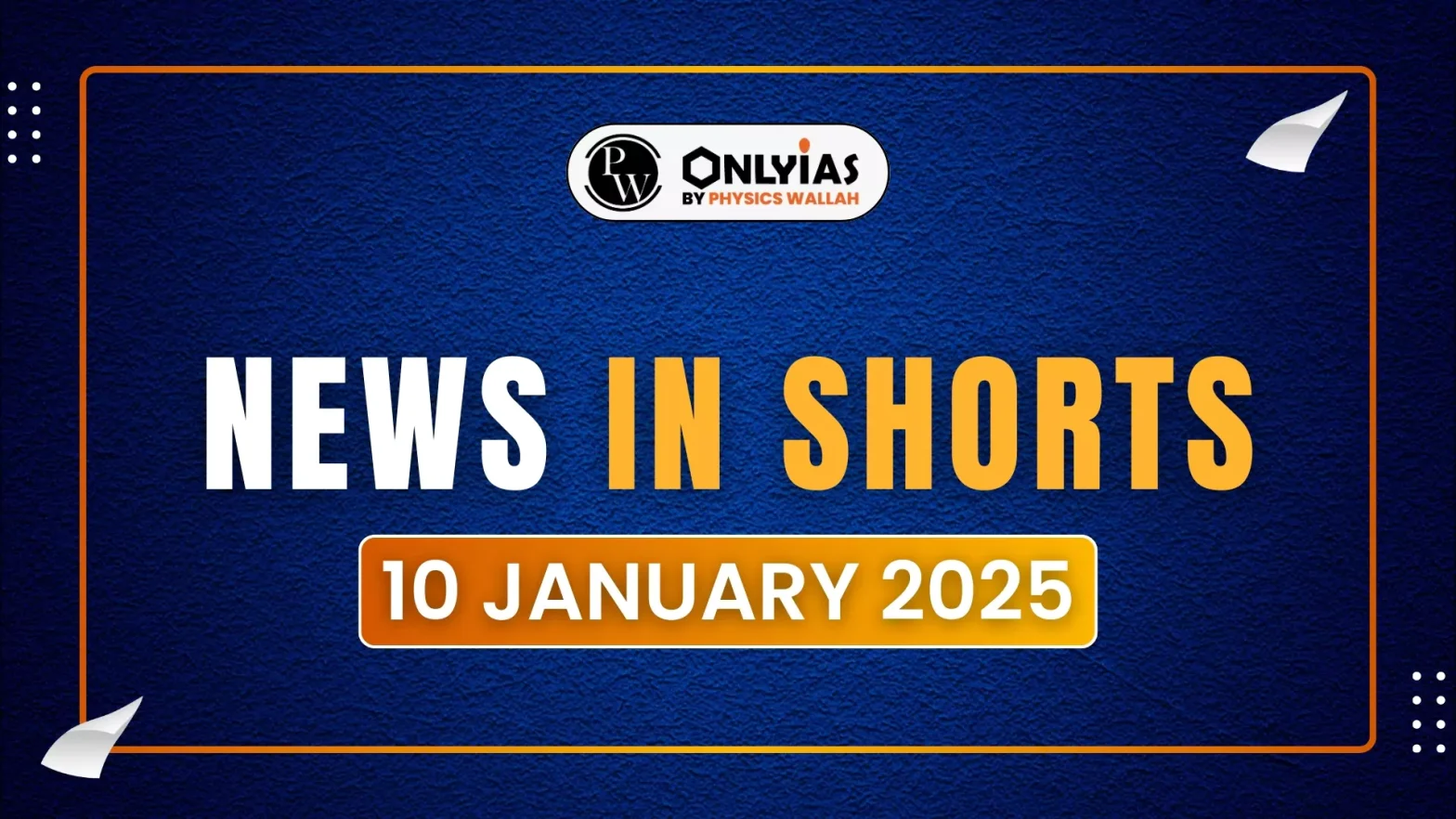‘Cashless Treatment’ Scheme
Context: The Union Minister for Road Transport and Highways has announced the launch of a nationwide scheme for ‘Cashless Treatment’ to provide financial aid to road accident victims
- Pilot Programme: A pilot program was started last year in Chandigarh to provide cashless treatment to road accident victims, which was later expanded to six States.
About the Scheme
- Applicability: The scheme will be applicable to all road accidents caused by the use of motor vehicles on any category of road.
- Aim: The scheme is aimed at establishing an ecosystem for providing timely medical care to the victims of road accidents, including during the golden hour.
- Nodal Agency: The National Health Authority (NHA) will be the implementing agency for the scheme.
- Implementation: The programme will be implemented through an IT platform, combining the functionalities of the e-Detailed Accident Report (eDAR) application of the Ministry of Road Transport and Highways and the Transaction Management System of NHA.
- Compensation: The government will cover treatment costs for upto seven days or till maximum amount of ₹1.5 lakh provided the police are informed about the accident within 24 hours.
- An Ex-Gratia Payment of ₹2 lakh for families of victims who lose their lives in hit-and-run cases.
Enroll now for UPSC Online Course
Road Accidents Statistics
- The year 2023 saw 1.8 lakh fatalities occurring due to road accidents last year with 66% of these accidents involved individuals aged between 18 and 34.
- 30,000 deaths attributed to not wearing helmets.
World Economic Situation and Prospects 2025
Context: The United Nations (UN) released its flagship report, World Economic Situation and Prospects 2025.
Key highlights of Economic Growth Outlook
- The UN predicts India’s economy to grow by 6.6% in 2025 and 6.7% in 2026, driven by strong consumer spending, increased investment, and robust infrastructure development.
- Key Drivers:
- Government Investment: Significant public spending on infrastructure projects (roads, digital connectivity, etc.) is fueling economic growth.
- Exports: Strong exports of services and goods like pharmaceuticals and electronics are boosting economic activity.
- Inflation Outlook:
- Inflation is expected to moderate: Consumer price inflation is projected to decrease from 4.8% in 2024 to 4.3% in 2025, remaining within the RBI’s target range.
- Global Economic Growth:
- South Asia: The region is expected to grow at 5.7% in 2025 and 6% in 2026, with India leading the performance.
- Global Growth: The global economy is forecasted to grow at 2.8% in 2025, unchanged from 2024.
Global Energy Alliance for People and Planet (GEAPP)
Context: The Global Energy Alliance for People and Planet (GEAPP) and the International Solar Alliance (ISA) have strengthened their collaboration by signing ISA’s Multi-Donor Trust Fund (MDTF).
- The MDTF aims to mobilize $100 million for high-impact solar energy projects in ISA member countries.
- Objectives of the MDTF and Initiatives
-
- Bridging financing gaps for clean energy projects.
- Enhancing institutional capacity to manage energy transitions.
- Delivering cost-efficient and scalable solutions for clean energy adoption.
About Global Energy Alliance for People and Planet (GEAPP)
- It is an international alliance of entrepreneurs, governments, technology, policy, and financing partners.
- Founded by: IKEA Foundation, The Rockefeller Foundation, and the Bezos Earth Fund
- Mission:
- To help emerging and developed countries shift to a clean energy model that supports economic growth and universal energy access.
- Key Goals:
- Reduce 4 gigatons of future carbon emissions.
- Expand clean energy access to one billion people.
- Create 150 million new jobs in clean energy sectors.
- GEAPP announced two key initiatives(DUET and ENTICE 2.0 Initiatives) to support India’s clean energy goals:
- DUET (Digitalization of Utilities for Energy Transition):
- Focuses on digitalizing grid systems.
- Integrates real-time data monitoring to reduce transmission losses.
- ENTICE 2.0 (Energy Transitions Innovation Challenge):
- Aims to nurture and scale innovative energy solutions.
Check Out UPSC CSE Books From PW Store
Sixth Generation Aero Engine
Context: The DRDO Chief in a speech, stressed upon the needs for India to pursue the development of Sixth Generation Aero Engines through co-development with a foreign manufacturer.
Highlights of the Speech
- India will have to invest close to $4- 5 billion, that is ₹40,000 crore to 50,000 crore and increase the defence budget for research and development to 15% from the current 5%.
- Technology Development: Technologies such as single-crystal blade powder metallurgy discs and ceramic matrix composites for static parts need to be developed.
- Facilities: Testing facilities for each sub-system, a high-altitude test facility, flying test-bed, manufacturing facilities to make the disc including a forge press which can press 50,000 tonnes etc.
About Sixth Generation Aircrafts
- The 6th generation fighters will be an improvement on the 5th generation fighters in aspects like, beyond-visual-range capabilities, stealth, computational power, and weaponry etc.
- They are currently not in operation anywhere in the world
- The development of 6th Generation Aircrafts have been announced by countries such as,
- The USA, China, Russia, The UK-Japan-Italy, and France-Germany-Spain
 Example:
Example: -
- The Tempest: Jointly developed by the UK, Italy, and Japan
- The Future Combat Air System (FCAS) by France and Germany
- The US is working on a replacement for the F-35
- China’s Prototype fighter Chengdu J-36.
- Features: As per USA’s guidelines, certain requirements for a sixth-generation aircraft are,
- Digital Engineering: To accelerate the construction and industrialization processes
- Advanced Artificial Intelligence: To provide required targeting data in seconds, improvements in computation and networking fundamentally revolutionising aerial warfare.
- New kinetic and non-kinetic precision weapons
- Ability for Suborbital flights: To be able to operate in low space for brief periods, allowing them to escape anti-aircraft systems, and significantly improve survivability.
- These aircraft may see the potential use of directed-energy weapons such as a laser.
- New nanotechnologies applied to materials to reduce the radar and infrared signature
- ‘Third Air Stream’ Engines: To provides an extra source of airflow to either improve propulsive efficiency and lower fuel burn or to deliver additional airflow through the core for higher thrust and cooling.
Classical language status to Marathi
Context: Months after granting classical language status to Marathi, the Union government issued an official notification to this effect.
- Classical language status granted for five more languages i.e. Marathi, Bengali, Assamese, Pali, and Prakrit
- Earlier classical languages: Tamil, Telugu, Malayalam, Kannada, Sanskrit, and Odia.
What are classical languages?
- Indian classical languages, also known as Shastriya Bhasha, refer to languages with a deep historical background, rich literary traditions and a unique cultural heritage.
- These languages have significantly contributed to the intellectual and cultural development of the region, with their texts offering valuable insights into various domains like literature, philosophy and religion.
Enroll now for UPSC Online Classes
Criteria For Classical Language Status: The Ministry of Culture has rules that must be followed in order to be classified as a classical language in India:
- Ancient origin: The language should have high antiquity of its early texts/recorded history over a period of 1,500-2,000 years.
- Literary heritage: The language should contain a body of ancient literature or texts that is considered a valuable heritage by generations of speakers.
- Originality: The literary tradition should be original and not borrowed from another speech community.
- Discontinuity from modern avatars: The said language and literature should be distinct from its modern format with a marked discontinuity between the classical language and its later forms or its offshoots.
![]() 10 Jan 2025
10 Jan 2025

 Example:
Example: 